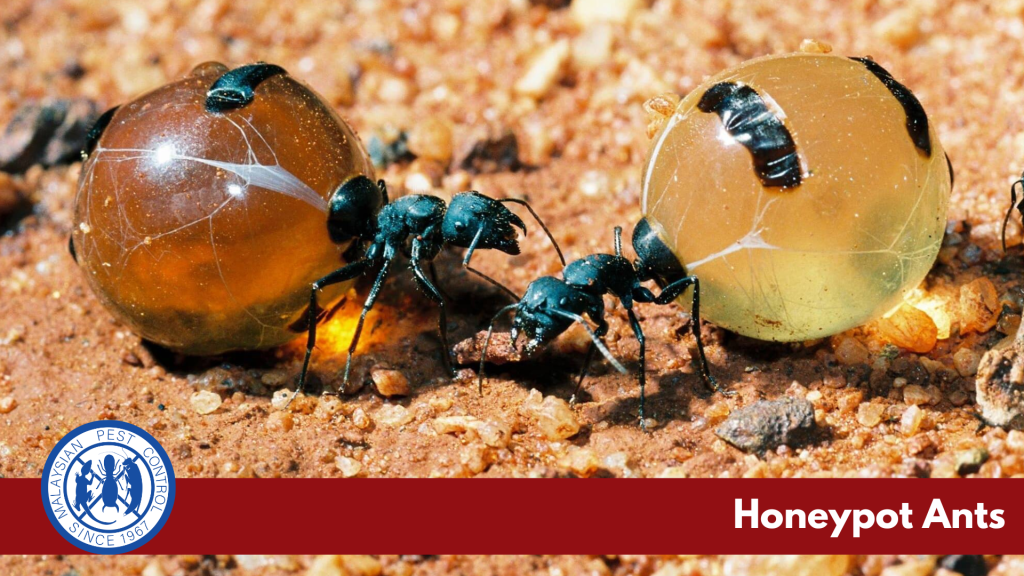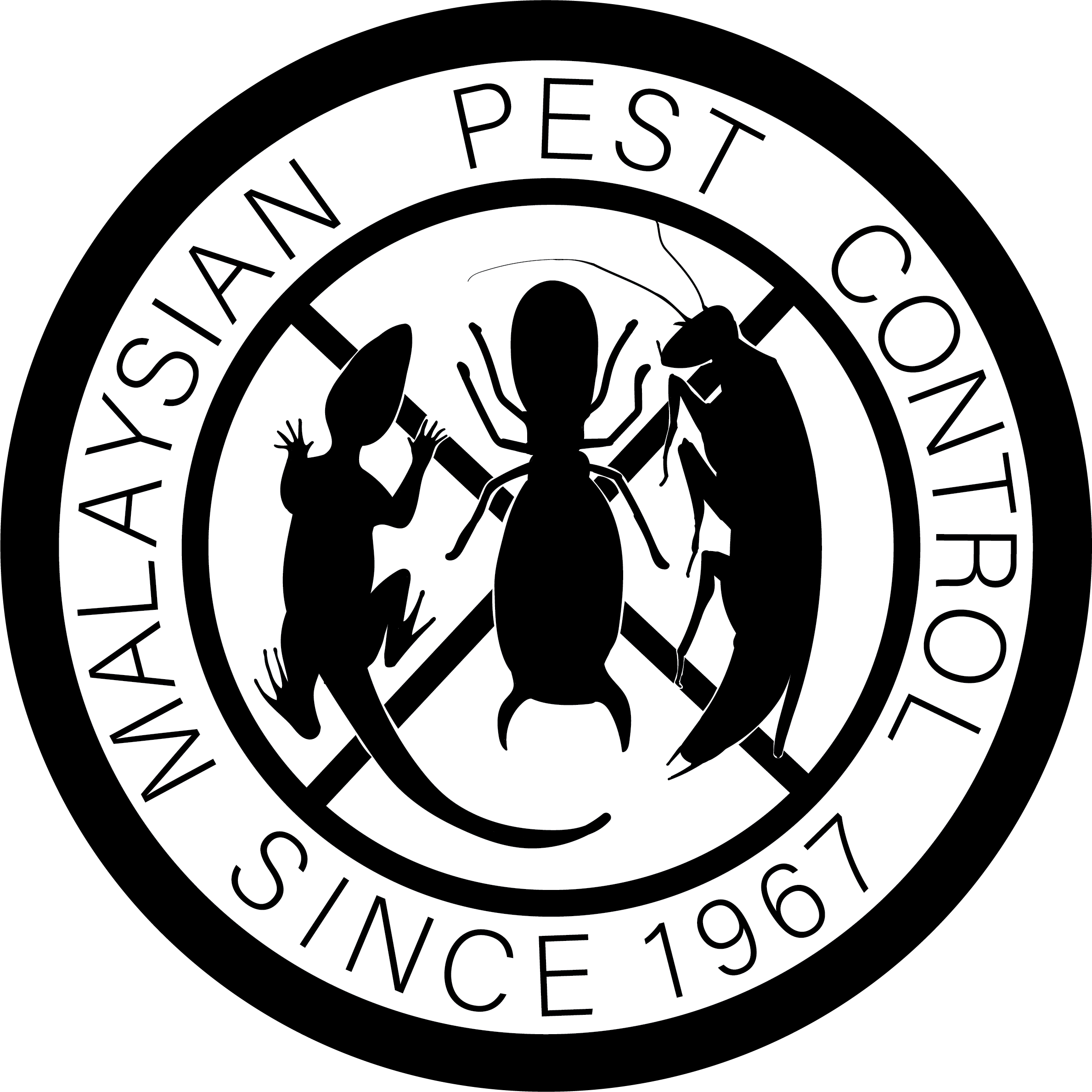ハニーポットアリについて
ハニーポットアリの紹介

ハニーポットアリ(ミルメコシストゥス アリの一種であるアリモドキ(学名:A. spp.)は、特殊な働きアリの膨らんだ腹部に食物を貯蔵するユニークな能力で有名で、このアリは「蓄えアリ」として知られています。砂漠のような乾燥した地域に生息するアリモドキは、食料が不足しているときにコロニーに不可欠な食料貯蔵庫を提供します。
生物学とライフサイクル
- 卵段階女王蜂は巣の中に卵を産みます。
- 幼虫期幼虫は働き蜂によって餌を与えられ、数週間かけて成長します。
- 蛹期幼虫は成虫になる前に繭を作ります。
- 成人期働き蜂が餌を集め、女王蜂が繁殖します。
行動と生息地
ハニーポットアリは主に砂漠地帯に生息します。アリの腹には液体の食物が蓄えられており、干ばつ時にコロニーを維持します。採餌アリは花の蜜、昆虫、甘露を探します。
人間とペットとの交流
ハニーポットアリが人間やペットに危害を与えることはめったにありません。基本的に攻撃性はなく、害虫というよりは珍しい存在です。アリの食物貯蔵適応は、アリの生物学における興味深い特徴です。
「レプリテス」と呼ばれるある種の働きアリは、膨らんだ腹部に花の蜜やその他の液体を蓄えており、腹部はブドウほどの大きさにまで膨らむこともある。
ハニーポットアリのユニークさ
ハニーポットアリは、そのユニークな食料貯蔵能力により特別です。「レプリテス」と呼ばれる特定の働きアリは、膨らんだ腹部に花蜜やその他の液体を貯蔵します。腹部はブドウほどの大きさにまで膨らみます。この適応により、コロニーは特に乾燥した環境において、食料不足の時期に生き延びることができます。生きた食料貯蔵庫として機能する能力は、まれで注目すべき進化的特徴であり、生態学と生物学の両方で興味深い研究対象となっています。
ゴードン・ラムゼイが口の中に蜂蜜を入れる様子をご覧ください
ハニーポットアリは東南アジア原産ではありません。北米やオーストラリアからペットとして輸入されない限り、マレーシアの家の近くで見かけることはありません。



